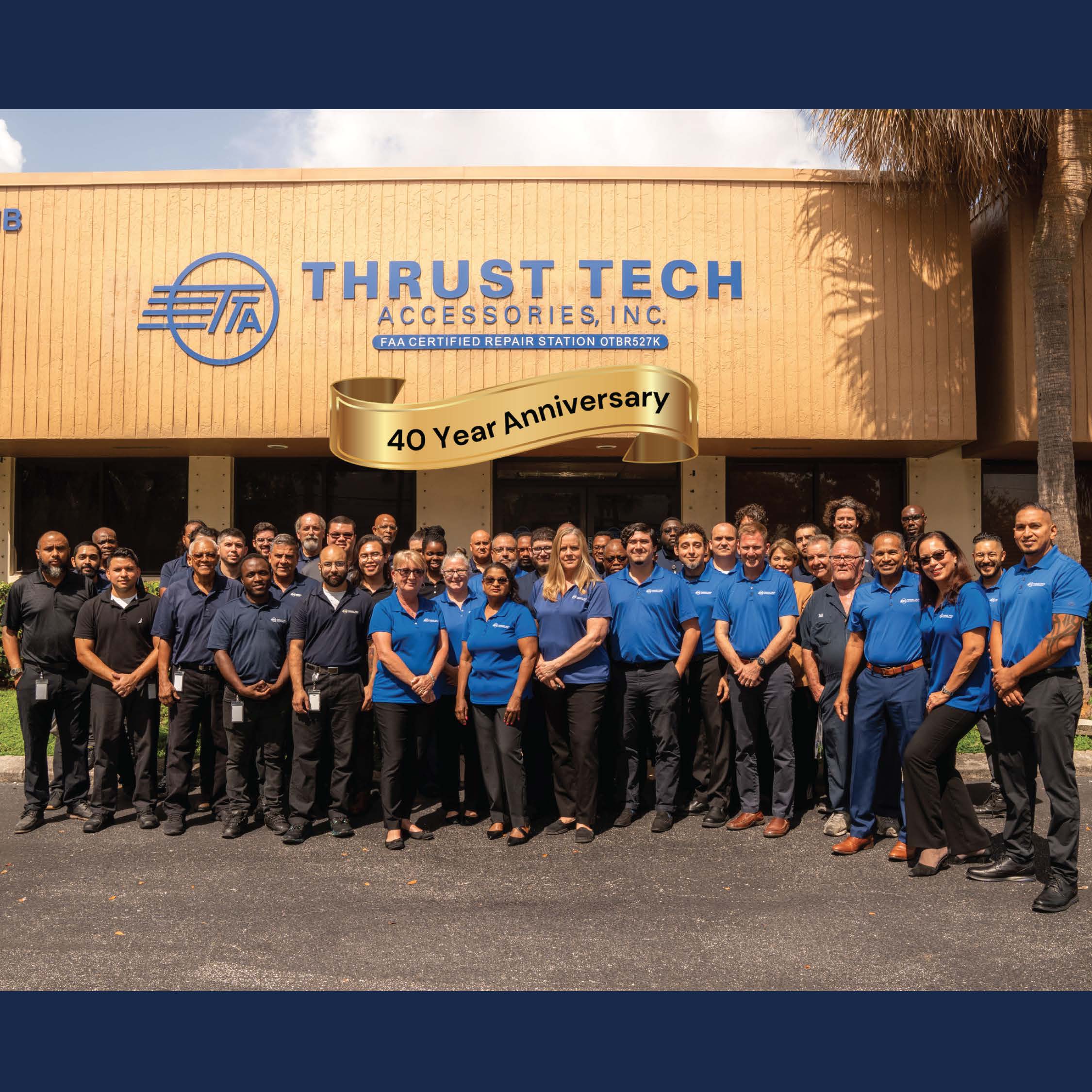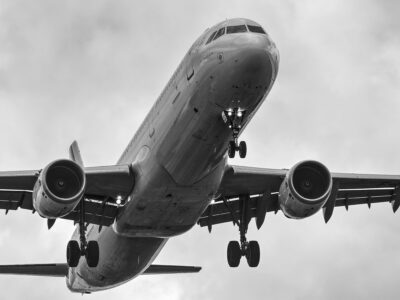
In this ongoing series, Thrust Tech Accessories (TTA) highlights the many different aircraft types presently in service around the world. Join us as we explore the roles they play in the industry, the niches they serve, and the important challenges they face day by day, year after year, all across the globe.
We also wish to underscore the key role that MROs like TTA play behind the scenes in providing overhaul, repair, and modification of engines and airframe accessory components that keep such aircraft flying properly, safely—and long into the future.
* * * * * * * * * * * *
A Walk Through Time with the Fascinating Piaggio
Piaggio Aerospace, formerly Piaggio Aero Industries, is a multinational aerospace manufacturing company headquartered in Villanova d’Albenga, Italy. The company designs, develops, manufactures, and maintains aircraft, aero-engines, aerospace components, and aerostructures.
Piaggio is also well-known for its production of motorized vehicles, particularly scooters and motorcycles. Some of their popular brands include Vespa and Aprilia.
Established in 1884 as Rinaldo Piaggio S.p.A., it shares its ancestry with the motor vehicle manufacturer Piaggio and is one of the world’s oldest aircraft manufacturers, having produced its first aircraft in 1915. The company’s facilities were rebuilt following the Second World War, and several original designs, including the P.136 seaplane, the P.149 trainer aircraft, and the P.166 utility transport, were released during the first two decades of the postwar era.
Seaplanes, Utility Transports, and More
The Piaggio P.136 is an Italian twin-engine amphibian flying boat designed and manufactured by Piaggio Aero, furnished with an all-metal hull, pusher propellers, a gull wing, and retractable landing gear. The first thing that stands out about the Gull is its hulking size. You don’t have to crouch to walk under its upturned wings, and its massive dihedral makes it far taller at the tips than its thick roots.
During late 1948, the P.136 prototype performed its maiden flight and was originally certified in the acrobatic category in Europe. Subsequently marketed in the U.S. as the Royal Gull, it operates under utility rules here.
During the late 1950s, a land-based utility aircraft, the Piaggio P.166, was developed from the P.136 and shares many design similarities, despite the deletion of the hull in favor of a conventional fuselage. This twin-engine pusher-type utility aircraft was manufactured under its model name of Portofino but is also known as Albatross in South African military service.
During the 1960s, Piaggio began manufacturing jet engines as well. In 1966, the business was separated into the aviation-focused Piaggio Aero and the motor scooter manufacturer Vespa. Also noteworthy is that in 1964, Piaggio Aero was controlled by the family of Piero Ferrari (yes, that Ferrari), which still holds 10 percent.
During the 1980s, Piaggio developed a new generation business aircraft, the P.180 Avanti. By the late 1990s, Piaggio underwent drastic changes following bankruptcy. The company was negatively impacted by the Great Recession and the downturn in the business aircraft market.
And then in late 2018, the company entered into receivership after having declared itself insolvent. The firm owns a subsidiary in the United States, Piaggio America, located in West Palm Beach, Fla.
Piaggio P.180 Avanti EVO: The Latest Chapter for an Aviation Legend
The Piaggio P.180 Avanti is an Italian executive transport aircraft with twin turboprop engines mounted in a pusher configuration. It seats up to nine people in a pressurized cabin and may be flown by one or two pilots. The design is of a three-surface wing configuration, having both a small forward wing and a conventional tailplane, as well as its main wing, with the main wing spars passing behind the passenger cabin area.
Piaggio Serves Multiple Aviation Sectors
Versatility and reliability, in unison with advanced technology and optimized cabin pressurization, make Avanti EVO not only a world-class business aviation aircraft, but in its special mission capacity, it also functions as a highly accomplished multi-utility aircraft.
Avanti EVO is used by the armed forces, government agencies, and a diverse range of private operators such as air ambulance units, photogrammetric patrol units for territorial control and environmental protection, and even for flight inspections as a radio measurement and calibration of air navigation aid and instruments.
A Fun Fact…
Here’s one for the history books: A Piaggio Avanti San Diego-to-Charleston flight in 2003 set National Aeronautic Association and Fédération Aéronautique Internationale transcontinental speed records with an average speed of 475.2 knots (880.1 km/h; 546.9 mph), breaking the previous Los Angeles to New York turboprop record of 395.21 knots set by Chuck Yeager in 1986 in a Piper Cheyenne 400LS. The elapsed time for the Avanti’s coast-to-coast trip was 3:51:52.
Operators of Piaggio Aircraft Rely on MROs
The availability of spare parts is critical for the MRO industry. Piaggio aircraft have unique and specialized components that are not readily available in the general aviation MRO market. This can create opportunities for suppliers and manufacturers of Piaggio-specific spare parts.
About Thrust Tech Accessories
Thrust Tech Accessories would enjoy the opportunity to explore cost-effective measures to meet the specialized needs of Piaggio’s fascinating and storied airframes. The Ft. Lauderdale-based MRO offers capabilities such as testing, repair service, overhaul service, and of course fast turn-around times. TTA supports a number of private and business aircraft operators as well as regional airlines, along with overseas air carriers and rotorcraft operators in numerous countries around the globe.
To find out more about TTA’s wide-ranging capabilities to support your fleet and to obtain competitive program bids, contact us via email at TTAsales@TrustTech.com or call 954-984-0450.
PHOTO CREDIT:






